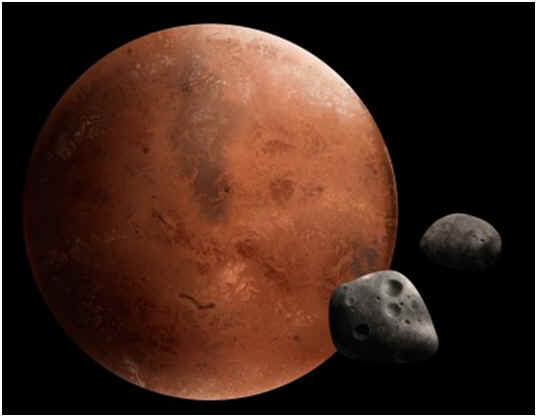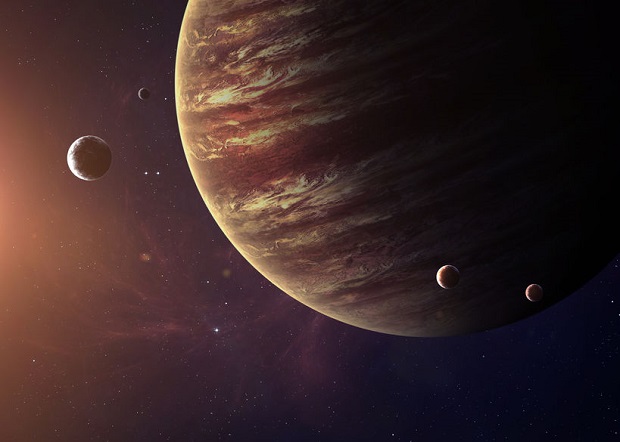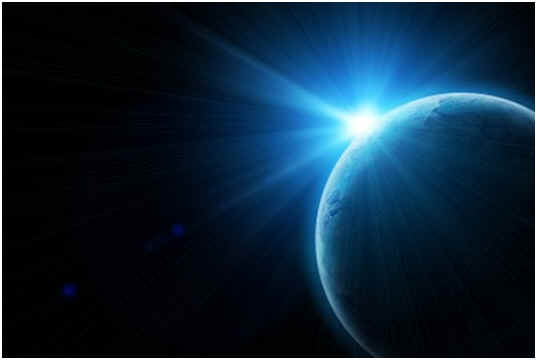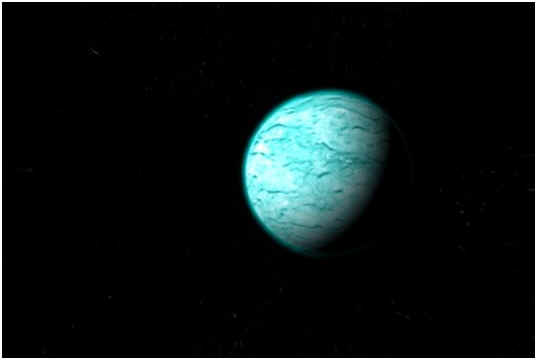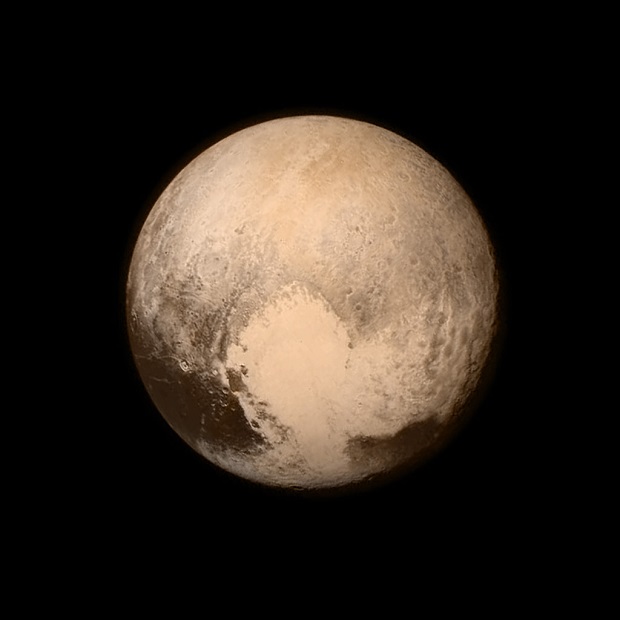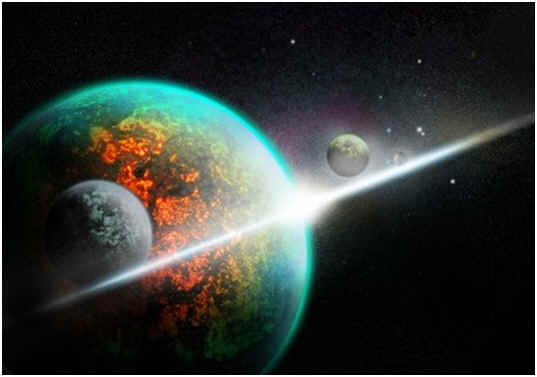
Can Saturn Support Life?
As a gas giant, Saturn cannot support life as we know it, but scientists are very interested in searching Saturn’s moons for signs of life. Saturn’s hydrogen and helium atmosphere is about -150 degrees Celsius at the surface and quickly reaches extreme pressures beneath the surface. Because of the strong convection currents and turbulence in the atmosphere, organisms would be forced to survive all of these conditions.
Titan and Enceladus
Two of Saturn’s moons, Titan and Enceladus, draw a great deal of attention because of their underground oceans. Scientists recently discovered the subsurface ocean on Titan, a moon that was already known to contain abundant organic molecules and lakes of methane. Enceladus also may have a subsurface body of water at its south pole with a geyser erupting into space. Scientists would like to collect this water to look for organic molecules. However, a mission to Saturn’s moons would require 15 years to complete the round trip.
Life on Saturn’s Moons
Intriguingly, Titan may be forming organic molecules without liquid water, which was thought to be necessary. Large molecules were detected in Titan’s atmosphere of methane and nitrogen, which is thought to be similar to Earth’s early atmosphere. To explain what these unidentified molecules might be, scientists replicated Titan’s atmosphere’s conditions and discovered the formation of the four bases that make up DNA. The oxygen necessary for the reaction is thought to come from the geyser on the neighboring moon Enceladus.
